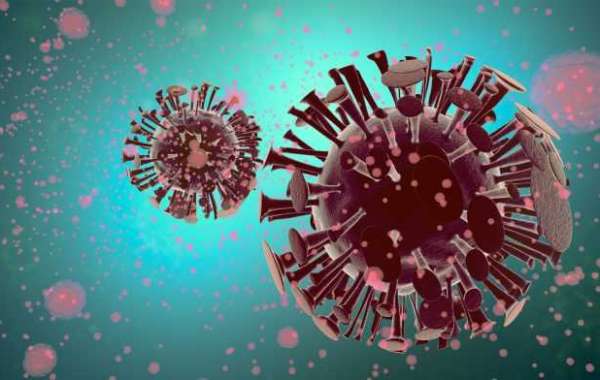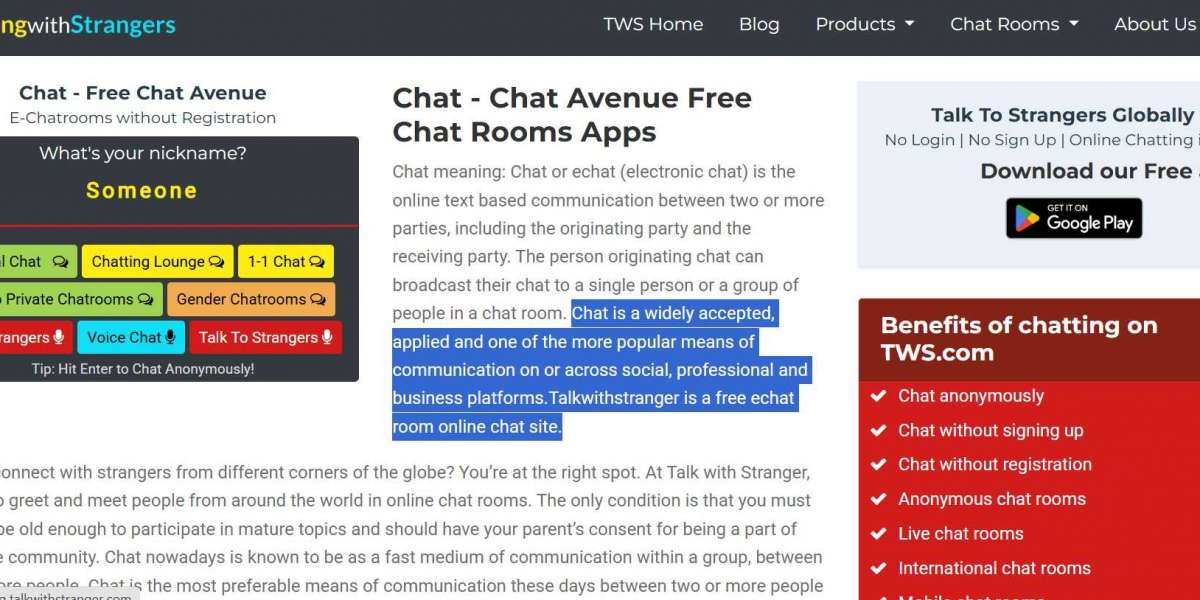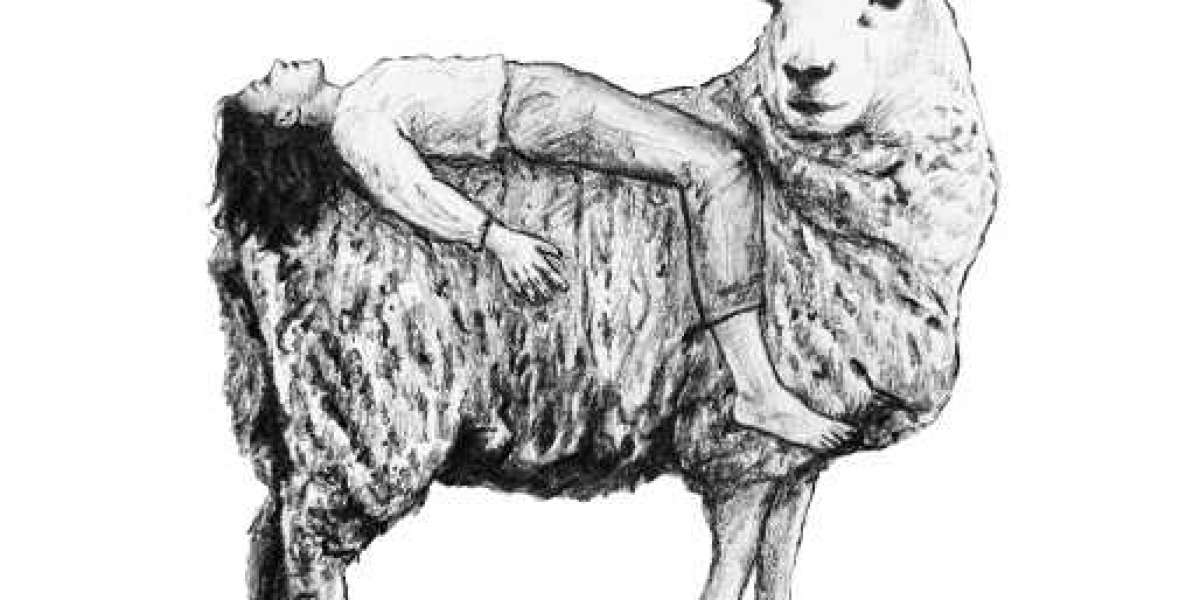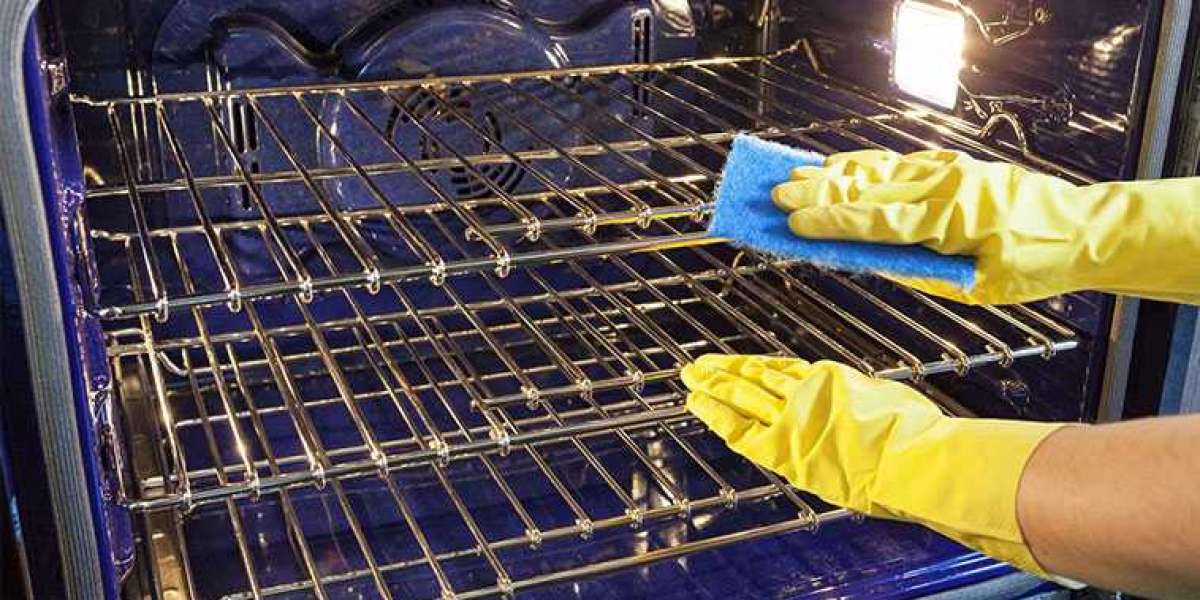The SARS-CoV-2 is an enveloped positive-stranded single-stranded RNA virus belonging to the human β-coronavirus family. The viral envelope is composed of two subunits, S1 and S2, of the spike glycoprotein. Among them, the S1 subunit binds directly to the host cell angiotensin-converting enzyme 2 (ACE2) receptor through the receptor binding domain (RBD) to initiate the viral entry process.
Most of the therapeutic antibodies against SARS-CoV-2 are designed based on the natural stinger protein sequences in the strain originally found in Wuhan. Thus, novel viral variants with multiple stinger protein mutations may be resistant to these antibodies. In turn, a number of contemporary studies have shown that currently available COVID-19 vaccines are less efficient at neutralizing novel variants, including B.1.1.7 (Alpha), B.1.351 (Beta), P1 (Gamma), and B.1.617.2 (Delta), so scientists have launched a study aimed at discovering antibodies with broad reactivity.
(Delta, scientific name Lineage B.1.617.2, also known as VUI (Variant Under Investigation)-21APR-01, commonly known as Indian variant virus, is one of the two known variants of Severe Acute Respiratory Syndrome coronavirus. It was first identified in India in December 2020 and is a double mutant variant. The double mutation refers to the mutation position of B.1.617 located at E484Q and L452R in the coding sequence of the SARS-CoV-2 spike protein.)
In this study, scientists collected blood samples from 22 recovering subjects infected with the Washington-1 (WA-1) SARS-CoV-2 strain and ultimately selected four subjects with high reactivity to the WA-1 variant for antibody isolation. A total of 889 B cells were then sorted, 709 (80%) paired heavy and light chain antibody sequences were recovered, and 200 antibodies were selected for expression. Four potent neutralizing antibodies (A19-46.1, A19-61.1, A23-58.1, and B1-182.1) against spike RBD were finally identified. The antigen-binding fragments (Fab) of these antibodies also exhibited high affinity for SARS-CoV-2 spikes at nanomolar concentrations (2.3 to 7.3 nM).
To determine whether highly effective antibodies could block the binding of ACE2 to viral spike proteins, interferometric ACE2 competition and cell surface binding assays were also performed. The results showed that two of the four antibodies (A23-58.1 and B1-182.1) bound to the RBD in the "up" position, while the other two (A19-46.1 and A19-61.1) bound to the RBD in the "down" position. In addition, three of the four antibodies (A19-46.1, A23-58.1, and B1-182.1) directly blocked the RBD-ACE2 interaction and one indirectly inhibited the interaction by steric hindrance (slowing down the chemical reaction due to the spatial steric volume).
It was found that these four test antibodies showed significantly higher potency in neutralizing variants containing the D614G mutation. In further analysis of lentiviral particles pseudotyped with spike mutants, it was shown that these antibodies maintained high potency in neutralizing different combinations of 10 spike variants, which also showed high potency against 13 variants of SARS-CoV-2.
Cryoelectron microscopic analysis of the structures of the antibody-antigen complexes revealed that both antibodies with the highest neutralizing potency were bound to the RBD in the epitope. Further structural analysis suggests that the epitope binding pattern of the antibodies is responsible for the high neutralizing potency against SARS-CoV-2 variants of concern (VOCs).







